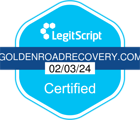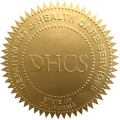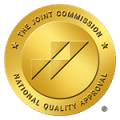⚠️Visitors to our site are often searching for information because they, their friend, or a family member has unfortunately fallen into use of dangerous substances. We aim to provide information on Free Drug Rehab In South Dakota and statistics but more importantly, we strive to protect people from the dangers of all forms of substance abuse!⚠️
Don’t hesitate to call our admissions department at (855) 855-9593 or click the button below to get substance abuse help for yourself or a loved one.
We Can Help You Recover From Substance Abuse
Call Golden Road Recovery Today To Start Healing!
Key Points
- “Free” rehab isn’t always completely cost-free—insurance often covers comprehensive treatment.
- South Dakota’s past-month illicit drug use is 6.28%, below the national average of 8.02%.
- Marijuana dominates treatment admissions, accounting for over 60% of cases in South Dakota.
- Drug-induced deaths in South Dakota are lower than the national rate, at 4.3 per 100,000.
- Prescription drug abuse is a rising concern, addressed by the state’s Prescription Drug Monitoring Program.
- South Dakota’s 24/7 Sobriety Program reduces repeat DWI offenses through swift sanctions.
- Inpatient medically assisted rehab offers the most effective solution for managing severe addiction.
The Myth of Completely Free Drug Rehab in South Dakota
When seeking drug and alcohol treatment, individuals frequently search for “Free drug rehab in South Dakota” It’s important to understand that while completely free services exist, they often come with strict eligibility requirements or limitations. However, many rehab centers, including Golden Road Recovery, offer programs that can significantly offset or entirely cover treatment costs through insurance or scholarship opportunities.
Understanding How Insurance Can Cover Your Rehab in South Dakota
Most people are unaware that their health insurance policy often covers substance abuse treatment. Under the Affordable Care Act (ACA), addiction treatment is considered an essential health benefit. This means that if you have insurance—private, Medicaid, or even Medicare—you may qualify for a substantial reduction or complete coverage of your treatment costs.
To determine your coverage, contact your insurance provider and ask specifically about addiction treatment benefits. Golden Road Recovery has admissions specialists who can assist you in navigating this process, verifying your benefits, and clarifying exactly what your insurance covers.
Free Drug Rehab And Statistics By State
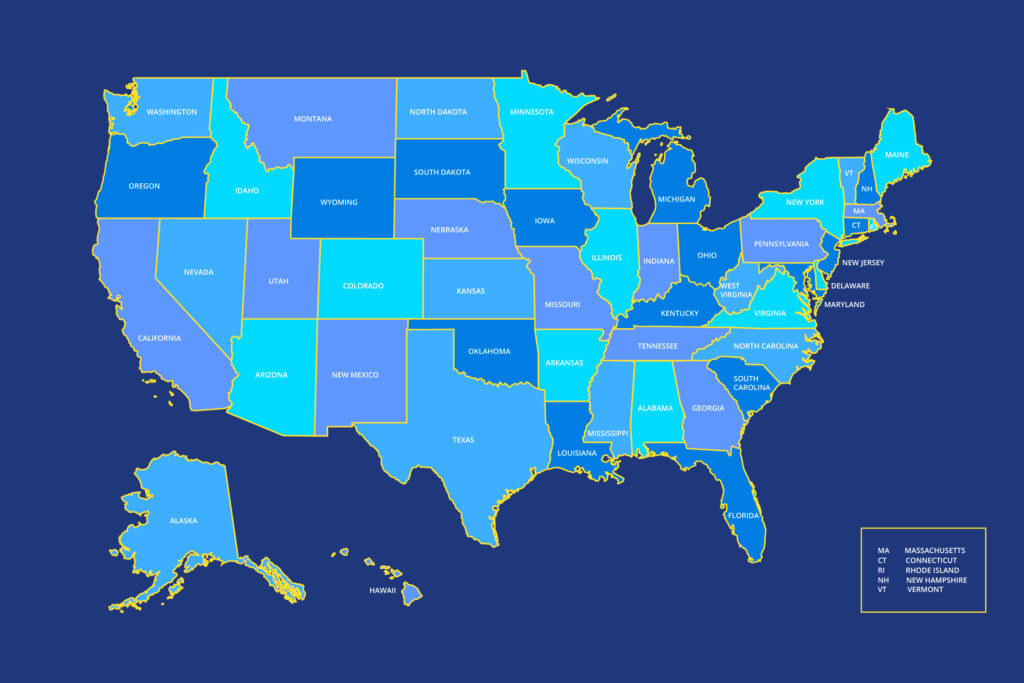
Golden Road Recovery has streamlined the process of finding rehabilitation options by state as well as providing statistics. Simply select your state from the dropdown list below to access specific local resources and treatment information.
Introduction
Illicit substance use remains a critical issue in South Dakota. The state faces unique challenges with drug abuse. Data from the state profile highlights key trends. Marijuana leads as the most abused substance. Prescription drug misuse is also a growing problem. South Dakota’s innovative programs aim to combat these issues. This article explores the statistics and solutions. It emphasizes how Golden Road Recovery can help.
Illicit Drug Use in South Dakota
South Dakota’s illicit drug use is below the national average. Approximately 6.28% of residents reported past-month use. The national average stands at 8.02%. Non-marijuana illicit drug use is also lower. About 2.35% of residents reported using these substances. The national rate is 3.58%. Marijuana remains the most commonly used illicit drug. Its prevalence drives treatment admissions across the state. These figures come from the 2007-2008 National Survey. The survey provides reliable state-level data.

Drug-Induced Deaths
Drug-related deaths in South Dakota are relatively low. In 2007, 34 people died from drug use. This compares to 149 motor vehicle deaths. Firearm-related deaths totaled 52. The drug-induced death rate is 4.3 per 100,000. The national rate is much higher, at 12.7 per 100,000. These numbers show South Dakota’s lower mortality risk. However, any drug-related death is concerning. Prevention and treatment are critical to reducing these numbers.
Primary Substances of Abuse
Marijuana is the top substance in treatment admissions. Over 60% of admissions in 2010 were for marijuana. Stimulants, including methamphetamine, follow as the second most common. Prescription opiates are also significant. These trends reflect South Dakota’s substance abuse landscape. The state profile data underscores marijuana’s dominance. Treatment programs must address these specific substances. Effective interventions target the root causes of abuse.
Prescription Drug Abuse Crisis
Prescription drug abuse is a growing national problem. South Dakota is not immune to this trend. The state passed a law in 2010. It established a Prescription Drug Monitoring Program (PDMP). The PDMP tracks controlled substances dispensed by pharmacies. It helps detect diversion and fraud. The program involves medical providers and pharmacies. It aims to reduce misuse of prescription drugs. Safe disposal methods are also encouraged. These prevent unused medications from fueling abuse.
We Can Help You Recover From Substance Abuse
Call Golden Road Recovery Today To Start Healing!
South Dakota Drugged Driving Initiatives
Drugged driving is a serious concern in South Dakota. The state has strict laws to combat it. A “zero tolerance” policy applies to drivers under 21. It prohibits driving with any trace of marijuana. For other drivers, impairment from drugs is illegal. South Dakota’s 24/7 Sobriety Program targets repeat DWI offenders. It uses swift, certain, and moderate sanctions. The program has reduced additional DWI arrests. It promotes behavioral change among chronic offenders.
Community-Based Prevention Efforts
South Dakota supports community-driven prevention. The Drug Free Communities (DFC) Program funds local coalitions. In 2011, coalitions in Sturgis, Spearfish, and Sisseton received grants. These groups create data-driven strategies. They aim to reduce youth drug use. The National Youth Anti-Drug Media Campaign also operates. Its “Above the Influence” initiative targets teens. It uses advertising to discourage drug use. Local organizations partner for prevention efforts.
High Intensity Drug Trafficking Areas
The High Intensity Drug Trafficking Area (HIDTA) program operates in South Dakota. It covers counties like Minnehaha and Pennington. Task forces in Sioux Falls and Rapid City target drug trafficking. They focus on manufacturing, importation, and distribution. The program enhances coordination among law enforcement. It provides resources to combat drug-related crime. These efforts address the supply side of drug abuse.
We Can Help You Recover From Substance Abuse
Call Golden Road Recovery Today To Start Healing!
Federal Support for Drug Reduction
South Dakota receives federal grants to reduce drug use. In 2010, funds supported state and local efforts. Grants aided schools and law enforcement. Some programs focus solely on drug reduction. Others allow flexibility for related purposes. These resources strengthen South Dakota’s fight against substance abuse. They support treatment and prevention initiatives statewide.
Mental Health and Substance Use Context
Mental health issues often intersect with substance abuse. In South Dakota, 8% of adults have serious mental illness. This is from KFF.org’s mental health fact sheet. About 5% of adults reported unmet mental health needs. Substance use disorders affect 9% of adults. These statistics highlight the need for integrated care. Addressing mental health can reduce substance abuse. Treatment must consider both issues for effectiveness.
Why Inpatient Medically Assisted Rehab is the Best Solution
Inpatient medically assisted rehab is highly effective for addiction. It provides a structured environment for recovery. Patients receive 24/7 medical supervision. This ensures safe detoxification from substances. Medical professionals manage withdrawal symptoms effectively. Therapy addresses underlying causes of addiction. Inpatient care removes external triggers and distractions. It allows patients to focus solely on recovery. Group and individual counseling build coping skills. South Dakota’s high marijuana and opiate use demands intensive treatment. Inpatient rehab offers comprehensive care for severe cases. It increases the likelihood of long-term sobriety. Golden Road Recovery excels in this approach.
We Can Help You Recover From Substance Abuse
Call Golden Road Recovery Today To Start Healing!
How Golden Road Recovery Can Help
Golden Road Recovery offers tailored treatment programs. It addresses marijuana, stimulants, and prescription drug abuse. The facility provides inpatient medically assisted rehab. Patients benefit from safe, supervised detoxification. Licensed therapists deliver personalized counseling sessions. Group therapy fosters peer support and accountability. The center integrates mental health treatment. This addresses co-occurring disorders effectively. Golden Road Recovery creates individualized recovery plans. It equips patients with tools for lasting sobriety. The facility’s compassionate staff supports every step. Contact Golden Road Recovery for help today.
FAQs
Q: What is the most common drug in South Dakota treatment admissions?
A: Marijuana accounts for over 60% of treatment admissions.
Q: How does South Dakota’s drug death rate compare nationally?
A: South Dakota’s rate is 4.3 per 100,000, lower than the national 12.7.
Q: What is the 24/7 Sobriety Program?
A: It uses swift sanctions to reduce repeat DWI offenses.
Q: Does South Dakota have a Prescription Drug Monitoring Program?
A: Yes, it was established in 2010 to track controlled substances.
Q: Why choose inpatient rehab at Golden Road Recovery?
A: It offers medically supervised detox and comprehensive therapy.
We Can Help You Recover From Substance Abuse
Call Golden Road Recovery Today To Start Healing!
